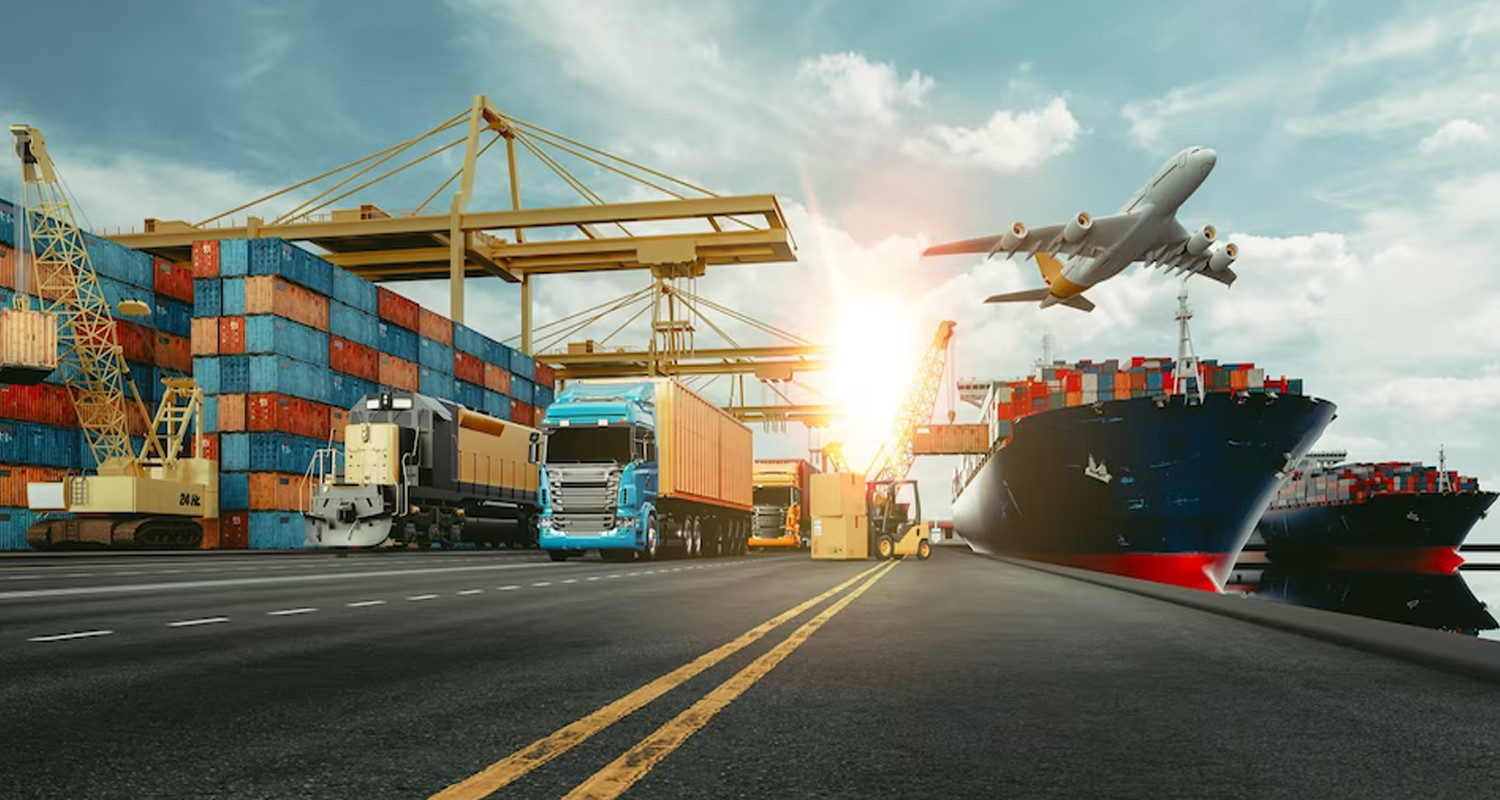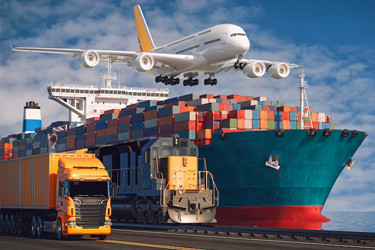

Introduction:
Afghanistan, a nation nestled in the heart of Central Asia, has long been a strategic crossroads for trade and commerce. The country’s unique geographical location, marked by rugged terrains and mountainous landscapes, poses both challenges and opportunities for its logistics sector.
Geographical Challenges:
Afghanistan’s geography, characterized by mountainous regions and arid plains, presents a formidable challenge for logistics operations. The lack of a well-developed transportation infrastructure adds to the difficulty. Roads are often in disrepair, and there are limited rail networks, making the movement of goods both time-consuming and demanding.
Cross-Border Trade:
Afghanistan shares borders with several countries, including Iran, Pakistan, Turkmenistan, Uzbekistan, and Tajikistan. The dynamics of cross-border trade play a pivotal role in Afghan logistics. The various customs regulations, border crossing procedures, and political tensions in the region significantly impact the movement of goods, necessitating a nuanced understanding of international relations for successful logistics management.

Security Concerns:
Security remains a paramount concern in Afghanistan, given its history of conflict. Logistics operations must contend with the threat of insurgent activities, making secure transportation routes a top priority. The delicate balance between ensuring the safety of shipments and maintaining operational efficiency is a constant challenge for logistics professionals in the region.
Humanitarian Aid and Development Efforts:
Afghanistan has been a focal point for international humanitarian aid and development efforts. Coordinating the transportation of relief supplies, construction materials, and equipment poses unique logistical challenges. Non-governmental organizations (NGOs) and government agencies must navigate the intricate web of bureaucratic hurdles, security concerns, and diverse terrain to deliver aid where it is needed most.
Technological Solutions:
Despite the challenges, the Afghan logistics sector has witnessed the adoption of innovative technologies to streamline operations. The use of GPS tracking, real-time monitoring, and blockchain technology for transparent and secure supply chain management has become increasingly prevalent. These technological advancements not only enhance efficiency but also contribute to better risk management.
Role of the Afghan Government:
The Afghan government plays a critical role in shaping the logistics landscape. Policies that encourage infrastructure development, regional cooperation, and the creation of a conducive business environment are essential for the growth of the logistics sector. Additionally, fostering public-private partnerships can help attract investment and expertise, driving further advancements.
Future Outlook:
Despite the challenges, the Afghan logistics sector is poised for growth. As stability in the region gradually improves, opportunities for trade expansion and infrastructure development arise. The integration of Afghanistan into regional and global supply chains can unlock its economic potential, making the logistics industry a key player in the nation’s development.
Conclusion:
Afghan logistics encapsulates a tale of resilience and adaptability. Navigating through geographical hurdles, geopolitical complexities, and security concerns, the logistics sector in Afghanistan continues to evolve. With a focus on innovation, collaboration, and strategic planning, the industry plays a pivotal role in the nation’s journey towards stability and economic prosperity.

